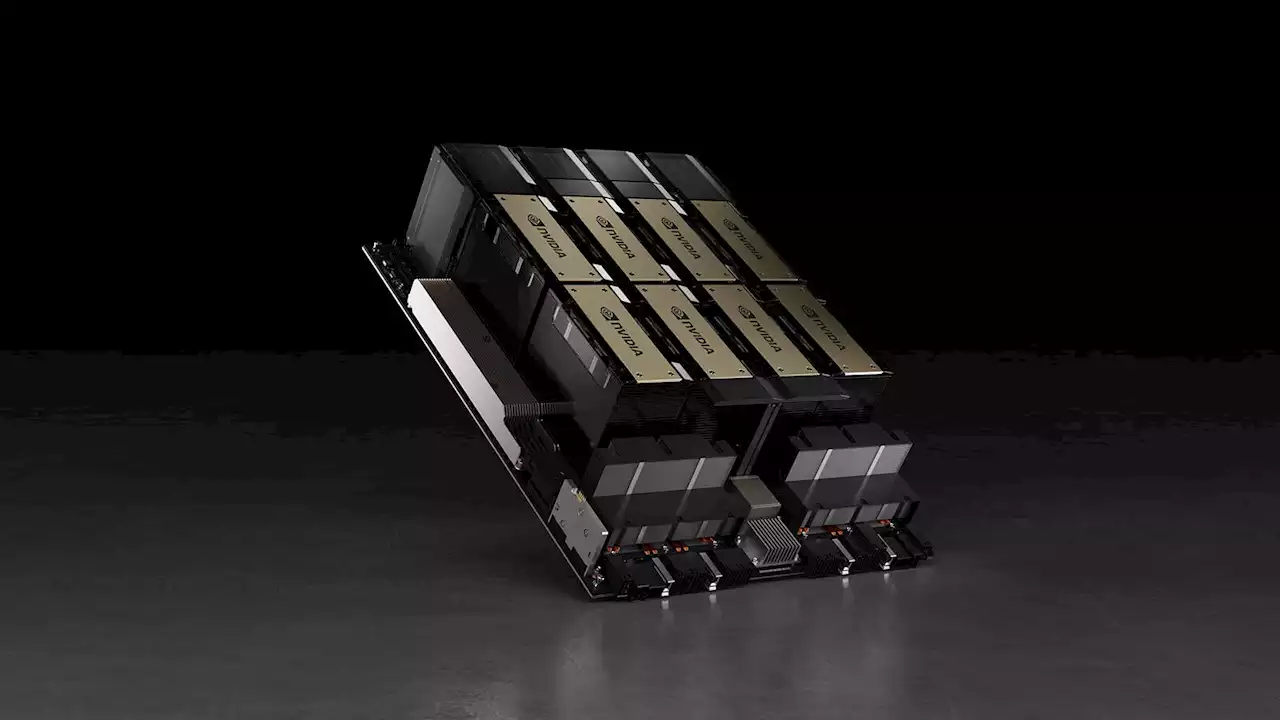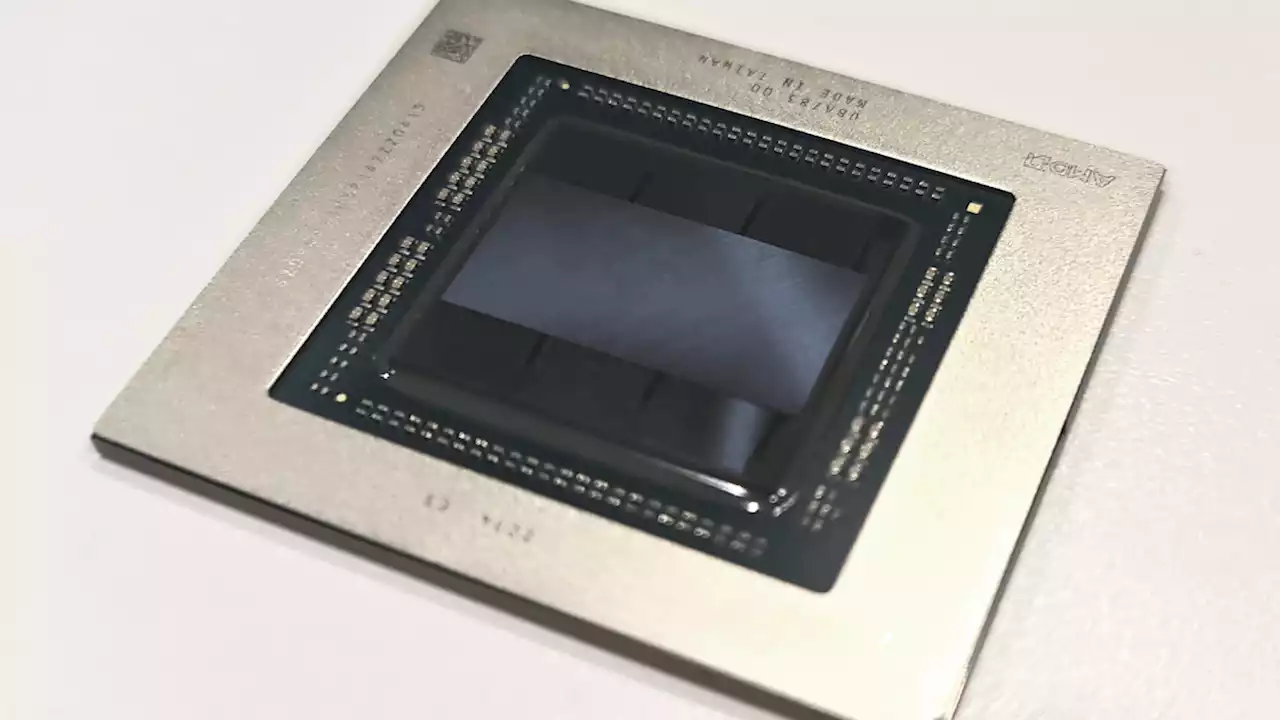How AMD, Intel, Nvidia are keeping their cores from starving
During the recent launch of its 96-core Epyc Genoa CPUs, AMD touched on one of the biggest challenges facing modern computing. For the past several years, the rate at which processors have grown more powerful has outpaced that of the memory subsystems that keep those cores fed with data.
But while the move to DDR5 4,800MTps DIMMs will boost bandwidth by 50 percent over the fastest DDR4, that on its own wasn't enough to satiate. AMD engineers had to make up the difference by increasing the number of memory controllers and thereby channels to 12. Combined with faster DDR5, Genoa offers more than twice the memory bandwidth of Milan.
Micron expects memory speeds to top 8,800MTps within DDR5's lifetime. In a 12-channel system, that works out to about 840GBps of memory bandwidth.
Deutschland Neuesten Nachrichten, Deutschland Schlagzeilen
Similar News:Sie können auch ähnliche Nachrichten wie diese lesen, die wir aus anderen Nachrichtenquellen gesammelt haben.
 Nvidia, Lockheed building digital climate twin for NOAACome September '23, scientists might be able to learn more rapidly how we're failing to control global warming
Nvidia, Lockheed building digital climate twin for NOAACome September '23, scientists might be able to learn more rapidly how we're failing to control global warming
Weiterlesen »
 Nvidia bundling paid AI software with incoming H100 systemsNvidia bundles enterprise AI software with incoming H100 systems
Nvidia bundling paid AI software with incoming H100 systemsNvidia bundles enterprise AI software with incoming H100 systems
Weiterlesen »
 AMD's innovative new RDNA 3 GPU started life as a doodle during a boring meetingEver find yourself doodling in a boring meeting? That's actually how AMD's RDNA 3 GPUs were first thought up.
AMD's innovative new RDNA 3 GPU started life as a doodle during a boring meetingEver find yourself doodling in a boring meeting? That's actually how AMD's RDNA 3 GPUs were first thought up.
Weiterlesen »
 AMD's Infinity Links is the unsung hero of RDNA 3 and chiplet gaming GPUsAMD's RDNA 3 graphics cards wouldn't be possible if it wasn't for this very small upgrade.
AMD's Infinity Links is the unsung hero of RDNA 3 and chiplet gaming GPUsAMD's RDNA 3 graphics cards wouldn't be possible if it wasn't for this very small upgrade.
Weiterlesen »
